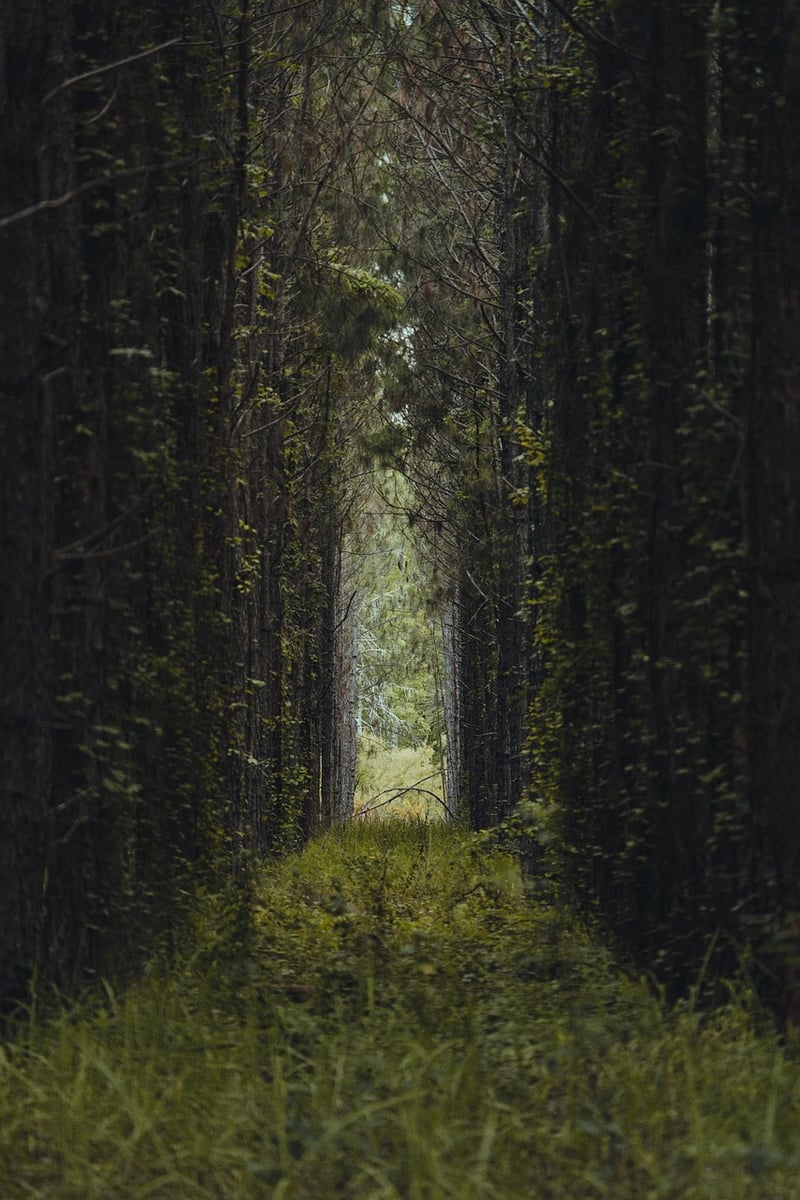Pollinator Pathways
Innovative Landscaping Ideas for Creating Pollinator Pathways
Creating pollinator pathways in your landscaping not only beautifies your outdoor space but also helps support essential pollinators like bees, butterflies, and birds. By incorporating innovative landscaping ideas, you can attract and provide a habitat for these beneficial creatures. Here are some creative ways to design your garden to serve as a pollinator pathway:
1. Native Plant Selection
Choose a variety of native plants that provide nectar, pollen, and shelter for pollinators. Native plants are well-adapted to the local environment and support a diverse range of pollinators.
2. Create a Water Feature
Integrate a small pond, birdbath, or water fountain into your landscape to provide drinking water for pollinators. Bees and butterflies need water to survive, especially during hot weather.
3. Incorporate Butterfly Host Plants
Include specific plants that serve as host plants for butterfly larvae. For example, milkweed is essential for monarch butterflies to lay their eggs on and for their caterpillars to feed on.
4. Build Bee Hotels
Create bee hotels or nesting sites using materials like bamboo, wood blocks with holes drilled in them, or stacked branches. Solitary bees, such as mason bees, will use these structures for nesting.
5. Provide Shelter and Nesting Sites
Integrate shrubs, tall grasses, and rock piles into your landscaping to offer shelter for pollinators. Different species of bees and butterflies have varying nesting preferences.
6. Limit Pesticide Use
Avoid using pesticides in your garden as they can harm pollinators. Instead, opt for natural pest control methods like companion planting and handpicking pests.
7. Create Pollinator-Friendly Pathways
Design pathways with pollinators in mind by using materials like gravel or stepping stones, allowing easy access for bees and butterflies to move through your garden.
8. Add Colorful Blooms
Plant a variety of flowering plants that bloom at different times of the year to provide a consistent food source for pollinators throughout the seasons.
9. Educate and Engage
Share information about the importance of pollinators with your community and encourage others to create their own pollinator pathways. Collaboration can help create larger networks of habitat for these vital species.
Conclusion
By implementing these innovative landscaping ideas and creating pollinator pathways in your garden, you can contribute to the conservation of pollinators while enjoying a beautiful and vibrant outdoor space. Start small and gradually expand your pollinator-friendly garden to make a positive impact on the environment.


